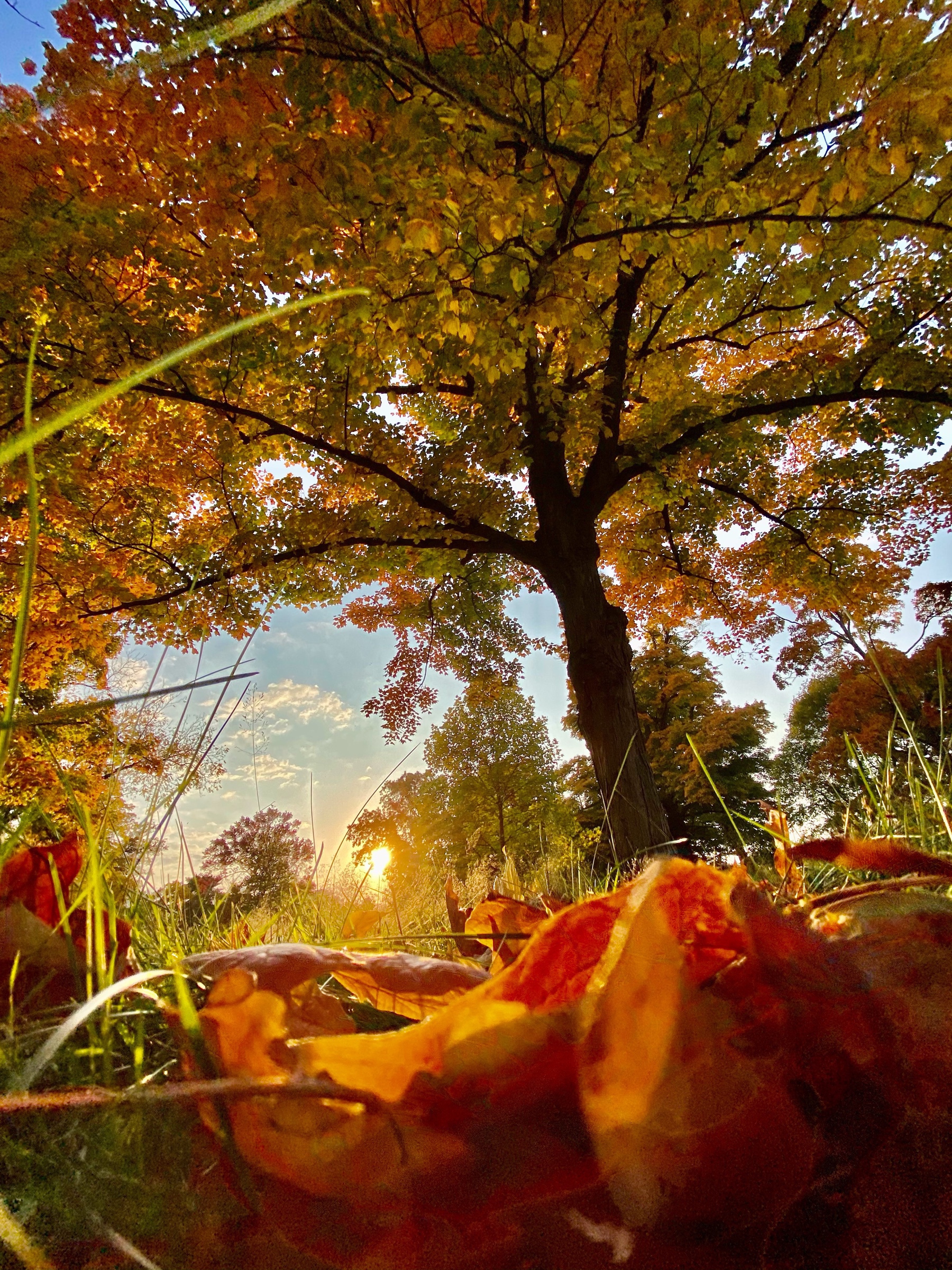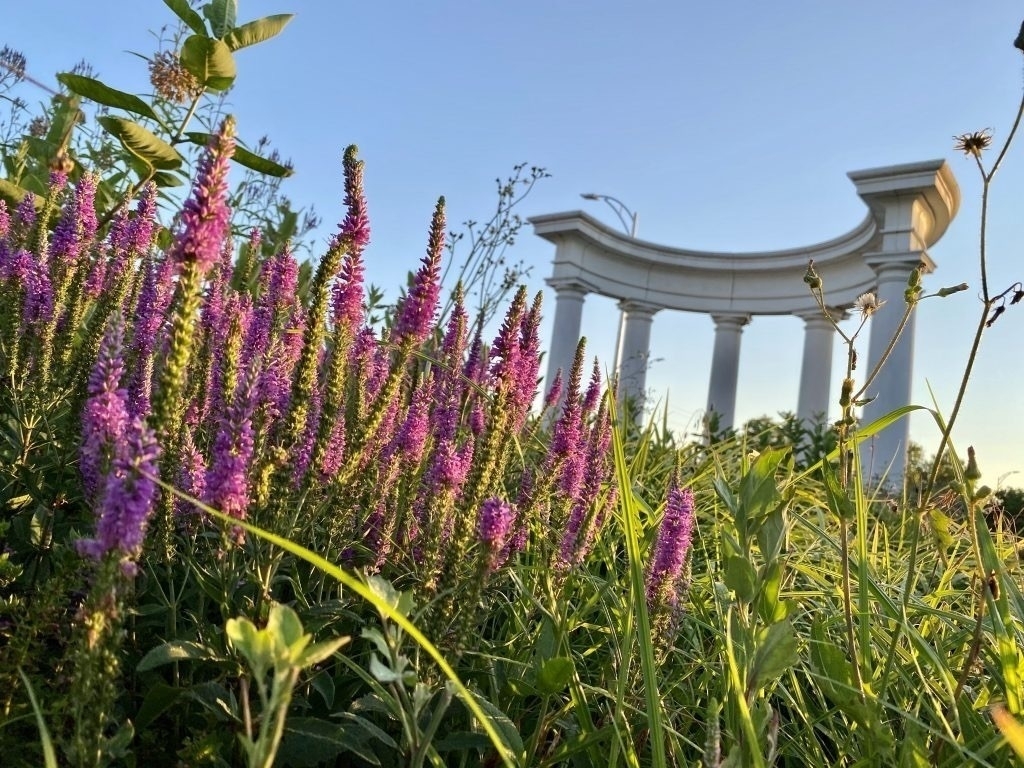
As I’m waiting for the iPhone 12 Pro Max to arrive, I’ve been thinking about how great of the camera the 11 Pro has been, and all the photos and videos it’s captured in the past year.
As a photographer, the iPhone X was a major leap forward. It was first time I had a phone with telephoto lens, but also all the camera and screen improvements rekindled my passion for iPhone photography. The XS was a noticeable refinement, but the 11 Pro was falling in love all over again.
Looking back, a lot of the feelings I have about this phone have to do with the historic year we’ve lived in. The 11 Pro was my main, go-to camera for almost everything: the empty streets during the lockdown, social justice marches, violent white supremacist rallies, taking pictures of the same things every day but in new and interesting ways while on a walk.
The 11 Pro was there for all of it, and constantly exceeded my expectations. It has been the most versatile camera I’ve ever used.
Some of my favorite photos from the past year
Lens system
The most consumer-facing feature added to the 11 and 11 Pros were the Ultra Wide lens. Clocking in at 13 mm, this lens was added to both new phones, while the 11 Pro kept the telephoto, making an at first funny looking, but extremely powerful, camera system.

iPhone 11 Pro’s camera
As I noted in my first review, a fisheye lens like this is one of the last lenses I would invest in on a DSLR, and the last I would carry in my camera bag. But it’s now one of my favorite parts of an iPhone camera, ever. A core principle of my approach to photography is to capture the world in a way we’ve never seen it, and the Ultra Wide has allowed whole new types of photos and videos that were previously prohibitive.
The whole three lens camera system together is something to note. To capture those three ranges (wide, ultra wide and telephoto) I would need to lug around a bag with a camera and three lenses, not to mention switch them, which takes you out of the moment. But the ability to switch lenses with just a tap, and even during recording video, was a game changer and the most underrated part of the 11 Pro. Especially for video: Being able to get close AND capture more of the scene WHILE being stable is a photojournalist’s dream.
Covering a large, Black Lives Matter march downtown, I was able to quickly and effortless, and most of the time without thinking, switch between the three lenses. Being able to capture the full breath of a darkened and closed city. The Wide Angel lens allowed me to get some of my favorite shots of the year. The quality of the lens was severely lacking compared to the other two, but distortion is common in fisheye lenses, and frankly, the overall effect was worth the trade off to expand the scene of a moment. And if the composition, lighting and moment are good, quality really doesn’t matter. I’m excited to see how the lens has improved in the next camera system, and the next, but I’m not doing a lot of cropping on these shots.
I’m incredibly glad to have gotten the Pro because of the telephoto lens. Is it really a “telephoto” at 52 mm? Not really, if you compare to other cameras, but that extra distance, the little bit of visual compression, added up. Looking at the stats of the photos I’ve taken, I’ve used the telephoto lens a lot. Switching between the lenses is natural. I can’t imagine giving up the telephoto lens.
iPhone 11 Pro Stats
Total photos and videos taken: 44,692
- Ultra Wide: 10,072 (22.5%)
- Wide: 14,144 (31.6%)
- Telephoto: 9,013 (20.2%)
- Front Facing: 1,013 (2.3%)
The other images were a mixture of multiple lenses
Oh yeah, and the expanded front facing camera was great for selfies.
Background processing
In the background, the iPhone 11 Pro had some serious upgrades, mostly with Deep Fusion and Night Mode (more on that below), which increased the overall image quality through computational photography.
For video, the handheld stabilization was the best I’ve used, and many friends were surprised that video I shot was handheld… they thought it was with a big cinematic camera. I’m not sure how much of that smoothness came from switching to shooting 24 FPS in 4K mostly, but there is a feel about the video system that is super smooth.
The advancements to the software, Smart HDR and the chipset on the 11 Pro gave me the confidence to know that, with little adjustment while shooting or in post, the image would come out as I saw it. It keeps getting better every year.

A marketing photo for work… Looks at the details captured of the crashing wave and sunset!
Shooting outside the frame
When the 11 Pro came out, one of the features I was most exciting about was Shooting Outside the Frame. When enabled, this feature used the other lenses to capture information outside the frame, which allowed you to add parts to the image in during editing. It was like the inverse of cropping. This was a dream come true for someone who shoots a lot of action photography. You had 30 days to made edits with information captured outside the frame. I remember the first weekend with the phone at a friend’s wedding (I was only late 15 minutes to the rehearsal dinner to pick up the phone), adding the bride’s trailing wedding dress into the frame that was cropped out as we were quickly walking down the beach.
But when Deep Fusion was released in an early iOS 13 point beta, it disabled shooting outside the frame, and I abandoned the new feature for an increase in quality I didn’t really understand how it worked. The other week I looked in the settings to enable it again and found out it was cut entirely in iOS 14, which is a shame, but I think has to do with overall performance of the Camera app. I hope it returns in the future on iPhones with more memory because it was one of those hallmark features that only an iPhone could offer and changed how photographs were taken.
Deep Fusion
So, I gave up one feature for another, quality overcoming convenience. Deep Fusion was introduced during the 11 Pro announcement and when it came out, I was super excited. As soon as it was available in beta I turned it on…. and frankly haven’t noticed the benefits. It turns on automatically in low light and captures more details in the image. Some folks did comparisons when it was released, and the differences are noticeable, but it’s not something I think about when shooting or editing. I’m sure I’ve reaped the benefits, but it’s not something I really think about when considering a year with this phone.
Night Mode
Another hallmark feature of the 11 series was Night Mode. In a nutshell, these are handheld, long exposures that are put together through computational photography. The results can be stunning… and strange. Personally, I enjoy photos at night taken without it. Night mode can make the images seem fake. But it does come in handy and I’ve been happy with several shots. I’m looking forward to see how the feature improves.
Favorite shots and memories
This past year has been one unlike any other, and photography and videography have been a constant for me. So much has happened and are some highlights to how I used the 11 Pro during it.
Pandemic shut down
When our state shut down to prevent the spread of the coronavirus, I was one of the few people walking the streets of my downtown. I was able to capture what was going on in our community and share it with people who were at home. The Ultra Wide was really good at showing the emptiness of the downtown. I can’t imagine telling this story without it. I’m glad I captured it for posterity. This is what photography is all about.
The first weekend of the COVID closure
Black Lives Matter
After the murder of George Floyd, protests and marches began across the country. There were several that happened in my town, and I would stumble upon them with just my iPhone. The ability to quickly switch lenses on a camera that was powerful enough gave me the confidence as a photographer to know I would get the shots. And also during the pandemic, the telephoto lens allowed me to get shots while keeping a distance.
Violence in the streets
This summer, a White Supremacist group held a march in Kalamazoo… and violence erupted. I was there in the middle of it with my iPhone. I captured raw images of the events. The iPhone 11 Pro was up for the task. I didn’t have to worry about focus, stabilization or any of those other concerns that come with larger cameras. Again, all three lenses were vital, and the ability to take pictures while recording video was convenient to get images quickly to share with local media. The photos and videos were seen around the country and documented a darker part of the year.
Spring… Summer… Fall…
This year I’ve spent a lot more time walking, before work, during lunch and at night. I’m shooting a lot less for work than I normally do, so I kept my photography skills up by capturing images on my walk. The flexibility of the 11 Pro allowed me to create images I never imagined.
One more thing… the Smart Battery Case
I’ve always loved using the Smart Battery cases to get a little extra juice while shooting. But the 11 Pro case introduced something new: a dedicated shutter button. And boy did I use this. Press the button to open the camera and press it again to take images. It really made the phone feel more like a camera. I will miss this on the 12 Pro
A camera unlike any other
The iPhone 11 Pro was really the first Pro iPhone camera. I know the term Pro gets thrown around in marketing and many people think it means “more expensive.” That’s true, but the 11 Pro gave photographers and videographers everything they needed for most things in one package. Instead of a heavy bag full of lenses, it was all just a tap away.






























































































 Sunset trail
Sunset trail





























































































































































